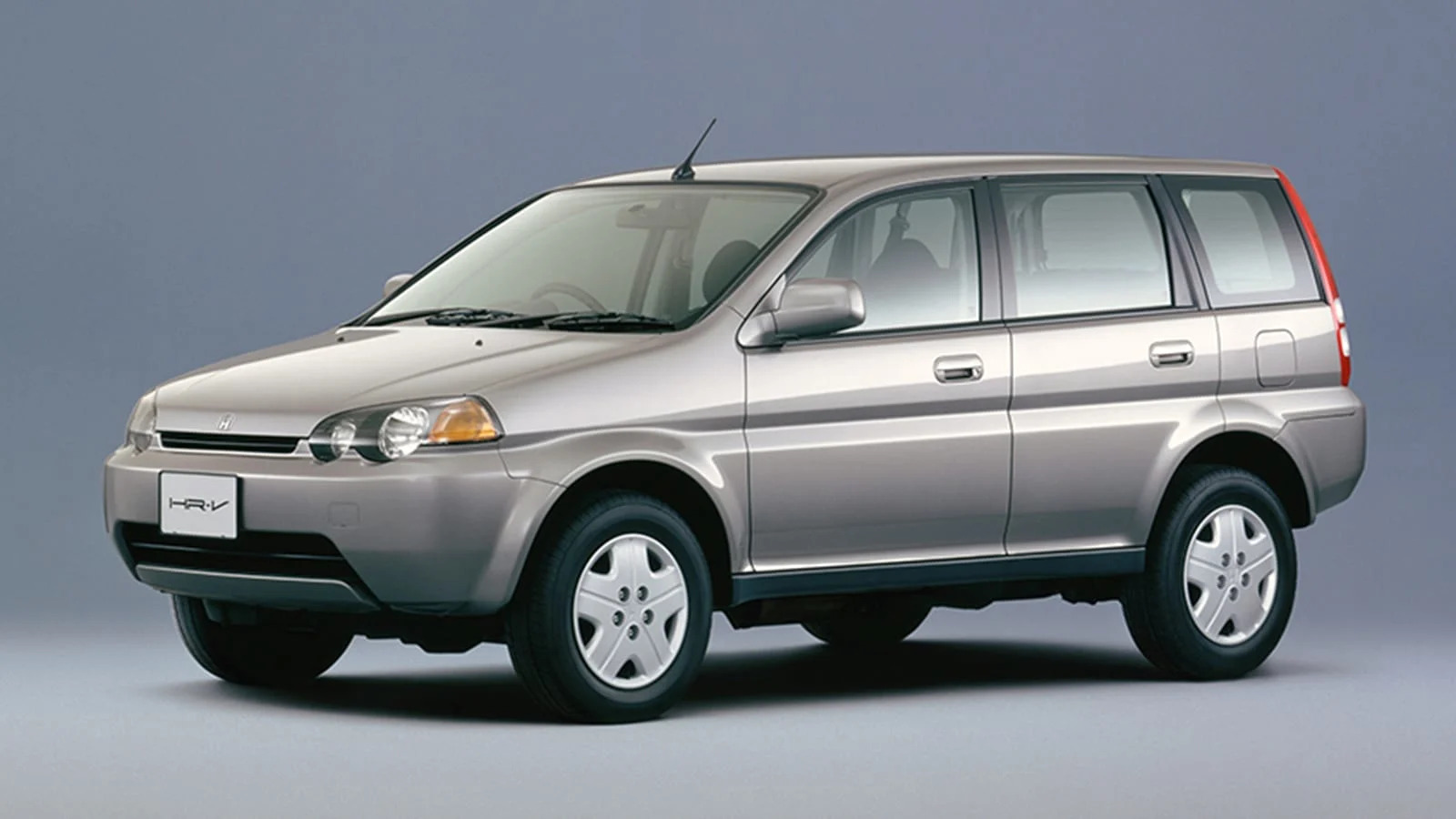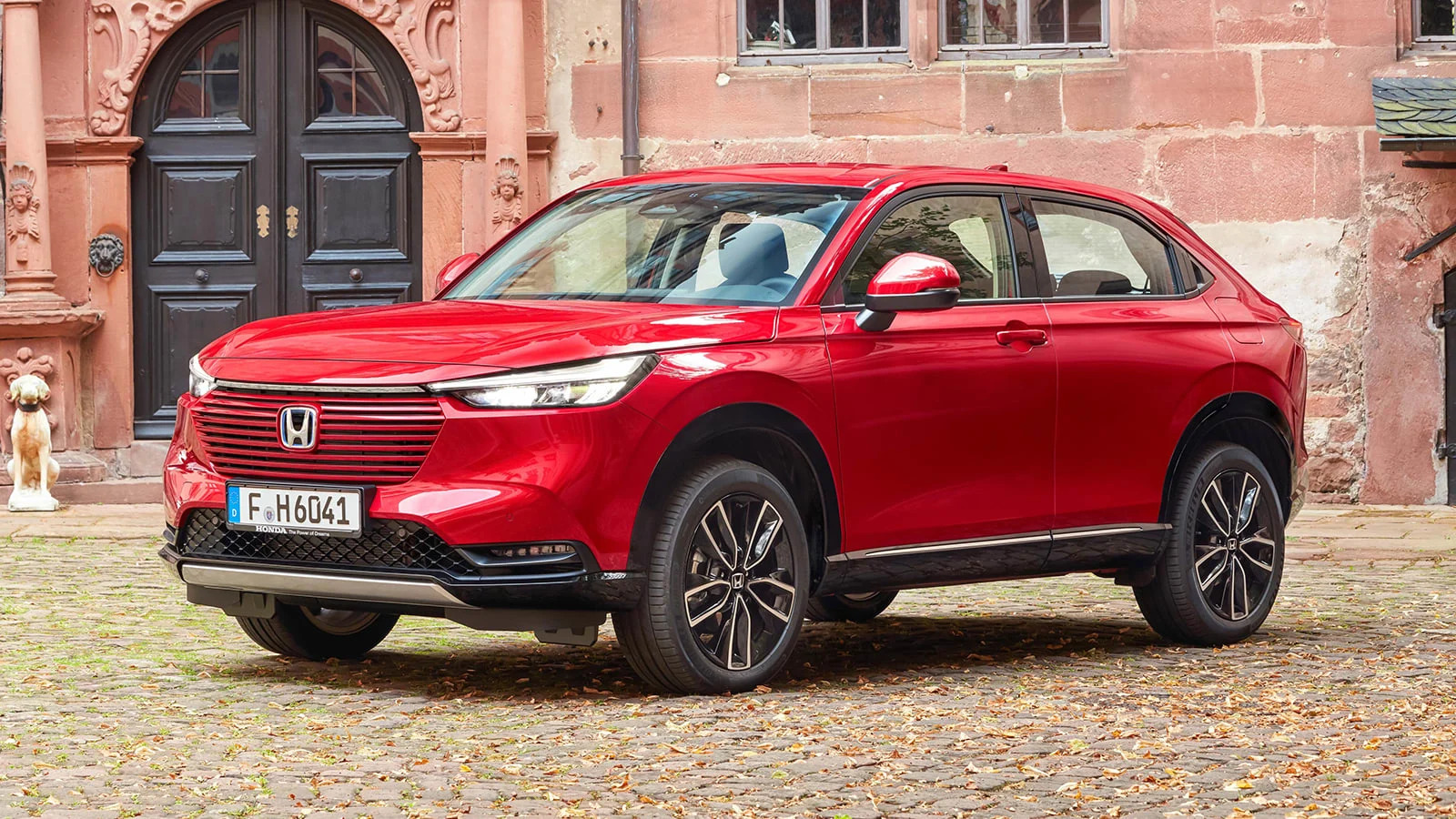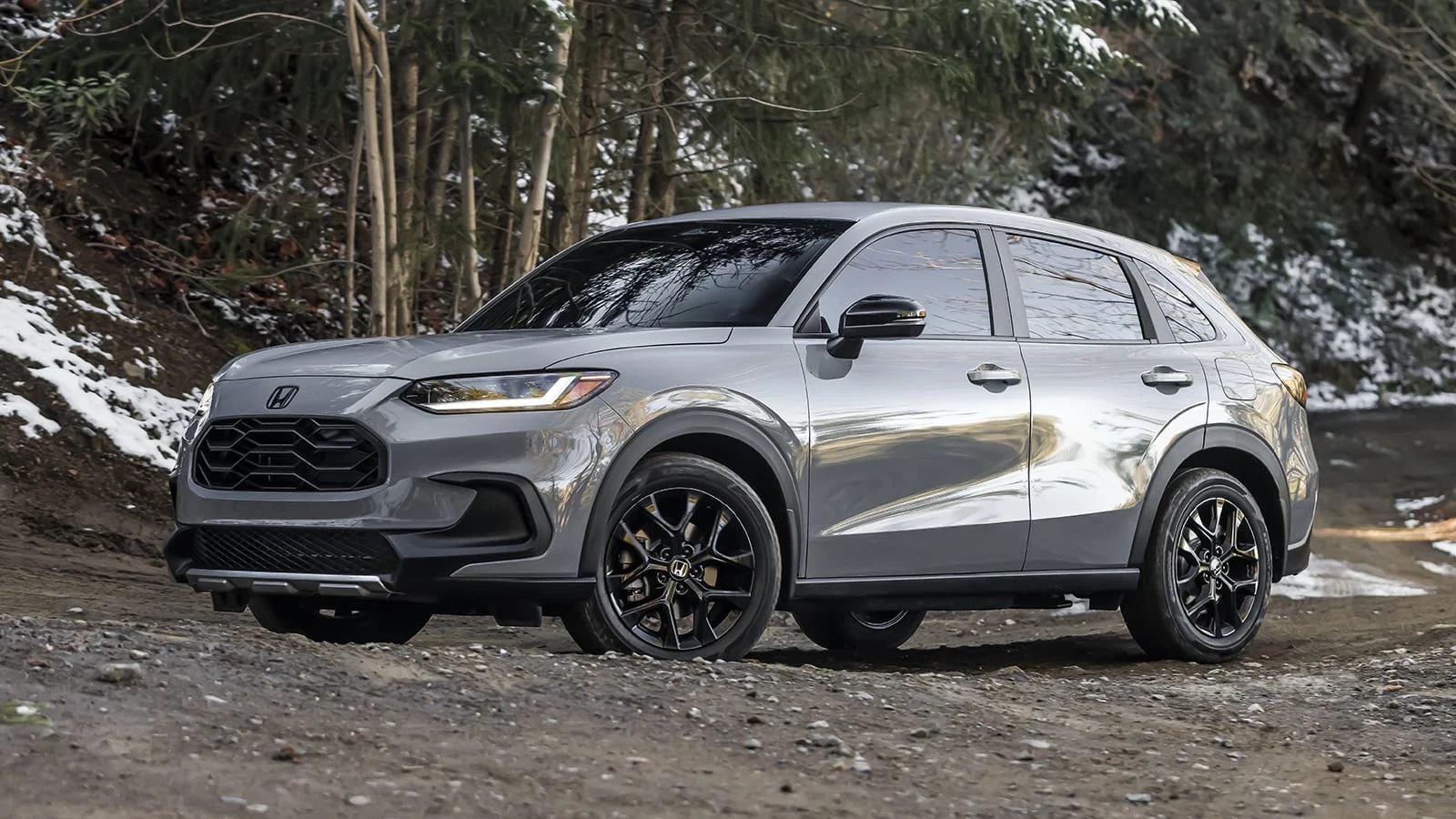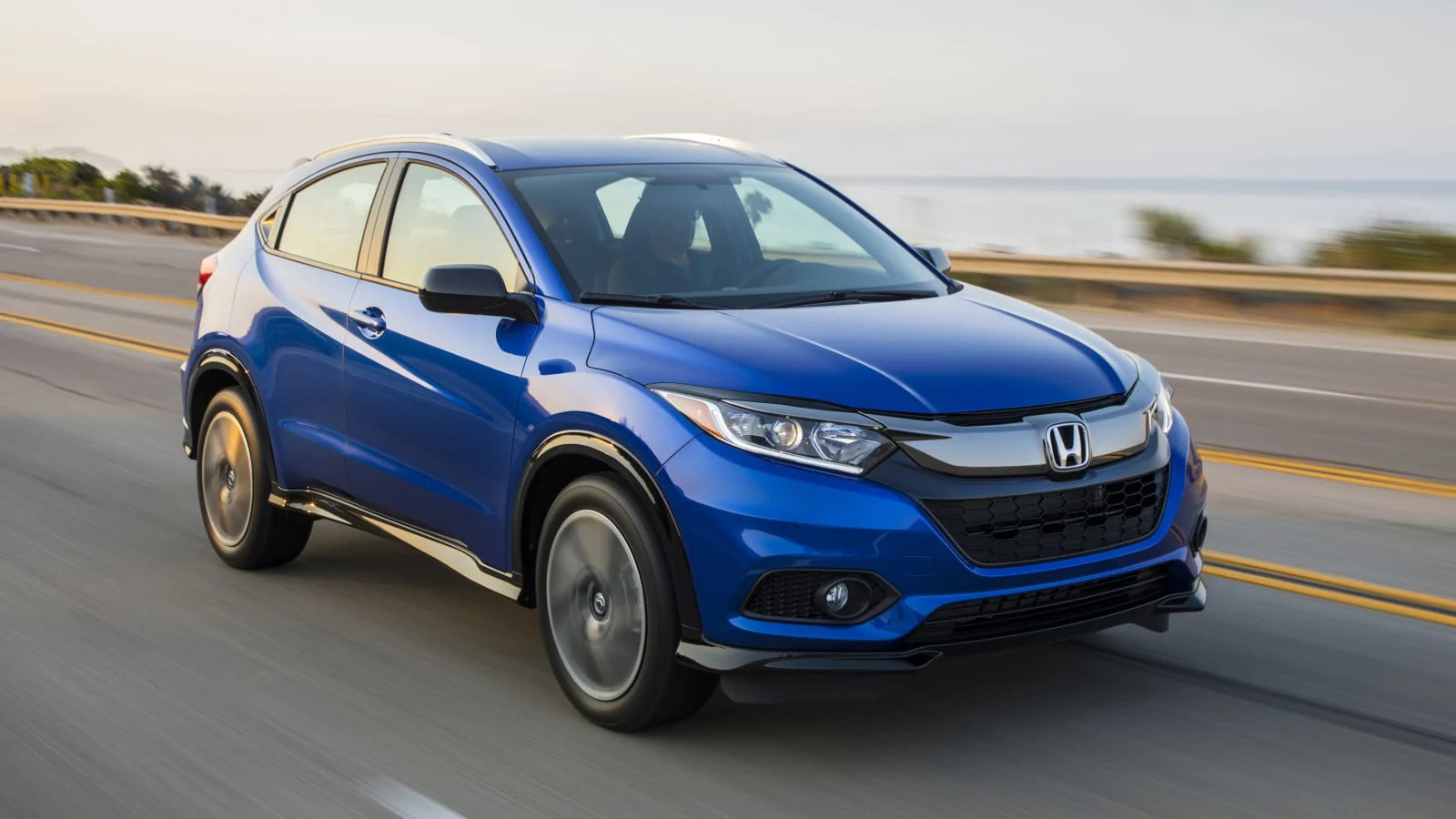The United States is getting its second-generation Honda HR-V this year. But it's only called HR-V here and in China. Europe, meanwhile, is on its third generation of HR-V, which is also sold in Japan. But in Japan, it's called the Vezel, and so was its predecessor, which we got here and in Europe as the HR-V. Confused? We can't blame you. This little crossover SUV has had a strange history. So we thought we'd take you through it. And it all starts with the original in 1998.

First Generation
Honda introduced the HR-V in Japan in 1998, and it also launched in Europe in 1999, and it was on sale through 2006. And for that first year, it was only available as a two-door. The name stood for "Hi-rider Revolutionary Vehicle," and it slotted right below the also recently introduced CR-V (curiously, that stood for "Comfortable Runabout Vehicle"). And just as the CR-V was based on the Civic, the smaller HR-V was based on the smaller Japanese-market Logo hatchback. That two-door model measured 157.3 inches long, 66.7 inches wide and 62.6 inches tall. The four-door model, introduced in Japan in 1999 as well as other markets, was just under 4 inches longer. Compared to the contemporary CR-V, the HR-V was as much as 20 inches shorter in length. Ground clearance was barely half an inch off the CR-V, though, at 7.5 inches (the "Hi-rider" part of the equation).

The first-generation HR-V was only offered with a naturally aspirated 1.6-liter four-cylinder, but in two forms: one with VTEC, and one without. The plain engine made 104 horsepower and 102 pound-feet of torque, while the VTEC model made 123 horsepower and 106 pound-feet. Two transmissions were available: a five-speed manual and a CVT. The latter transmission was the only option for the VTEC engine. Front-wheel drive was standard with Honda's full-time all-wheel drive available as an option. Suspension featured MacPherson struts up front and a five-link torsion beam at the back with front-wheel drive, or a De Dion independent rear suspension with all-wheel drive.
Second Generation
The HR-V was on a long hiatus after that first generation. And in the case of Japan, it's still on hiatus. That's because Europe's second-generation HR-V, which was our first one, was actually called the Vezel in Japan. The name apparently was a blend of "bezel," referencing its use as a jewelry term, and "vehicle." But, for simplicity, we'll still refer to it as the HR-V. This version was based on the Honda Fit, and while it lost its nifty two-door variant, it picked up cool Fit features. In particular, it got the "Magic Seat," which could either fold down the seat backs, or lift up the seat bottoms for cargo flexibility. This was made possible by relocating the gas tank under the front seats, which also provided an especially low cargo floor.
This HR-V launched initially in Japan at the end of 2013 followed by Europe soon after and eventually the U.S. for 2016. Powertrains varied significantly. In Japan it could be had with hybrid and non-hybrid gas engines with a dual-clutch manual or continuously variable transmission respectively. Europe got the non-hybrid gas engine and a diesel engine with manual and CVT options. Both regions also got turbo versions later, with Europe getting the most appealing 180-horsepower manual option. In the United States, we got one engine option: a naturally aspirated 1.8-liter four-cylinder making 141 horsepower. It was available with a six-speed manual for a while, but it was later discontinued leaving just a CVT. Front- and all-wheel-drive was available in all markets, and the suspension design was the same type as its predecessor.
The HR-V also went on sale in China as the X-RV. It had similar powertrain options as its European and Japanese counterparts. It also had electric models sold under various names through Honda's local partners.

Third Generation
The HR-V lineage becomes even more complex with the latest versions. In Europe and Japan, the model continues to be based on the Fit, and the Japanese version is still called the Vezel. It has lost its turbo model, prioritizing hybrid power. It's hybrid-only in Europe with 129 horsepower, but Japan gets a non-hybrid 1.5-liter four-cylinder version making 116 horsepower. CVTs are the only transmission options, but front- and all-wheel drive are both offered. And like the latest Fit, the Euro HR-V and Vezel still get the Magic Seat. Additionally, a full-electric variant will be sold in China as the e:NS1 and e:NP1. It's pictured above.

As for the U.S., the HR-V is very different. It's now 9.4 inches longer than the last one, plus 2.6 inches wider. Its underpinnings are also now a mix of Civic and CR-V, with dimensions awfully similar to Honda's compact sedan/hatchback. The change in platform also brings more sophisticated suspension with MacPherson struts up front and a multi-link indepedent rear suspension. It also picks up the Civic's naturally aspirated 2.0-liter four-cylinder making 158 horsepower and 138 pound-feet of torque. A CVT is the only transmission available, but it can be had with either front- or all-wheel drive. It does lose the Magic Seat, but has a nice fold-flat rear seat. This version will also go on sale in China as the ZR-V, continuing the long tradition of HR-V models having myriad names across the globe.
Related Video:




Sign in to post
Please sign in to leave a comment.
Continue